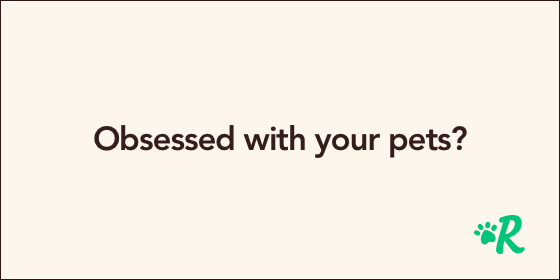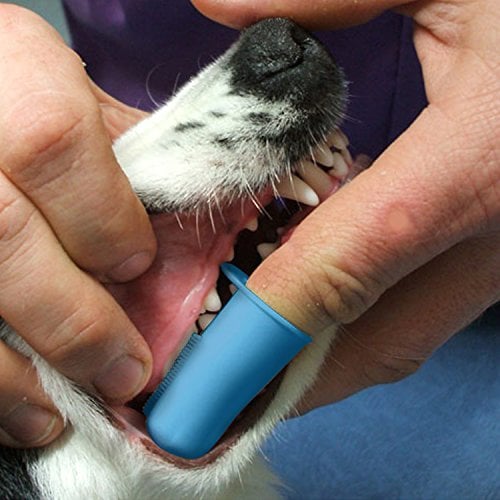Tooth Brushing Coming Soon!!
Periodontal disease occurs frequently in dogs and can have seriously scary consequences. According to the American Veterinary Dental Society, over 80% of dogs have some kind of dental issue by age 3. If you’re not sure how to brush your dog’s teeth, and you haven’t started a routine yet, never fear! We’ve got you covered.
You can encourage healthy teeth with a regular brushing routine for your dog. It’s never too late to start, and you can help your dog adjust with plenty of praise, treats, and patience. Read up on how to brush your dog’s teeth, starting with the basics—and don’t miss this li’l puppy getting her dental care on, also nails need a cut every week in order to avoid possible infections or walking issues on your pet, check this great guide on dog nail clippers
Select the right dog toothbrush
The first step to pearly whites is finding the perfect canine toothbrush. Dog toothbrushes are similar to human toothbrushes, but are smaller and have much softer bristles. You can use an infant toothbrush in a pinch. Aside from providing your furry companion with a toothbrush, you can also give it other products like the CBD dosing chart for dogs for its well-being. However, if you need healthy food for your dog, our vet recommended Pedigree dog food to help with dog nutrition.
Another option? A finger toothbrush, which fits over your finger and makes cleaning those hard-to-reach areas all the easier. If you’re in a bind, a clean scrap of gauze or a washcloth will do the trick.
Find a dog-friendly toothpaste
Never use human toothpaste for your dog. Most contain fluoride, which is extremely toxic—and sometimes fatal—to dogs.
It’s vital to find a pet-friendly toothpaste (in fun flavors such as poultry and beef), or take the old-fashioned route and whip up a paste of 1 tablespoon baking soda and 1 teaspoon water.
How to brush your dog’s teeth step-by-step
Dr. Gary Richter, DVM, is the author of the Ultimate Pet Health Guide and a strong believer in oral care for dogs. He says, “it’s best to begin when a puppy is between 8 and 12 weeks of age; however, it’s never too late.”
He goes on to say that it can even be a fun process. “The daily brushing process should be pleasant for both you and your pet,” he says because it’s a moment of closeness between the two of you.
STEP 1: Gently pet and scratch the muzzle, slowly lifting the lip for about 30 seconds. Reward with a treat at the end of the session.
STEP 2: Repeat as above except gently run your finger over your pet’s teeth for 20-30 seconds. Reward and praise again.
STEP 3: Place a small amount of toothpaste on the toothbrush and let your pet lick it (not actually brushing yet!)–most will really enjoy the taste, but if not, try a different flavor.
STEP 4: If all is going well, try actually brushing the teeth. Remember, the upper outer surfaces are the most important, brushing for 20-30 seconds on each side.
You know your pet best. If you can accelerate the process, go ahead. If your pet is resistant at any step, stop and try again another day. Some pets may take a few weeks to get through the steps.
More dog tooth brushing tips
Some of these surprised us!
- Try brushing your dog’s teeth when he’s worn out from playtime or a good walk.
- If your dog isn’t ready for the brush, try dental wipes.
- Stop immediately if your pet shows any signs of aggression.
- You don’t have to rinse the toothpaste from the teeth.
- The lower teeth don’t need the same attention as the upper teeth.
Warning signs of dog dental problems

Flickr/Zoom in Tight
If you’re wondering about how to brush your dog’s teeth, you may also be concerned about your dog’s current dental health. Trust your gut if you’re worried about your dog’s teeth, and consult with your vet when in doubt.
Keep an eye out for the following signs of tooth trouble in your dog:
- Worse-than-normal breath
- Excessive drooling
- Swollen or bleeding gums
- Loose or missing teeth
- Tumors and cysts in the mouth
If you notice any of these symptoms, it’s definitely time to pay a visit to the vet. They’ll be able to point you in the right direction, whether it’s a routine cleaning or a more involved exam.
For most dogs, regular brushing, plenty of fresh water, and the occasional dental chew is enough to ensure a healthy set of chompers for years to come.
Give your dog the best nights sleep. The Dog Kennel Collection has the highest quality large dog kennels for your best buddy to get some beauty sleep. Your dog will love it!


